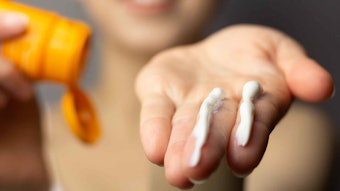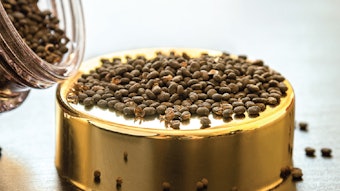Cleansing Wipes Traditionally, soaps and personal cleansers are deposited on washcloths or sponges before being applied to the body. More than a decade ago, convenience products were introduced in the form of surfactant-impregnated dry woven or nonwoven cloths. These were designed to be wetted with water before use. In this context, Fowler et al.1 gained an advantage over conventional products such as bar soaps, creams, lotions and gels by incorporating a lathering surfactant into a water-insoluble substrate, such as a sponge or polymeric mesh, reducing the level of required surfactant while still providing effective cleansing of skin or hair with adequate lathering.
The inventors suggested that the increased lathering resulted from the surface action of the substrate. Additionally, the decreased amount of required surfactant led to skin benefits, including less drying. Moreover, desirable products containing both cleansing surfactants and conditioners were disclosed as an added benefit of the reduction in the level of cleansing surfactant.










